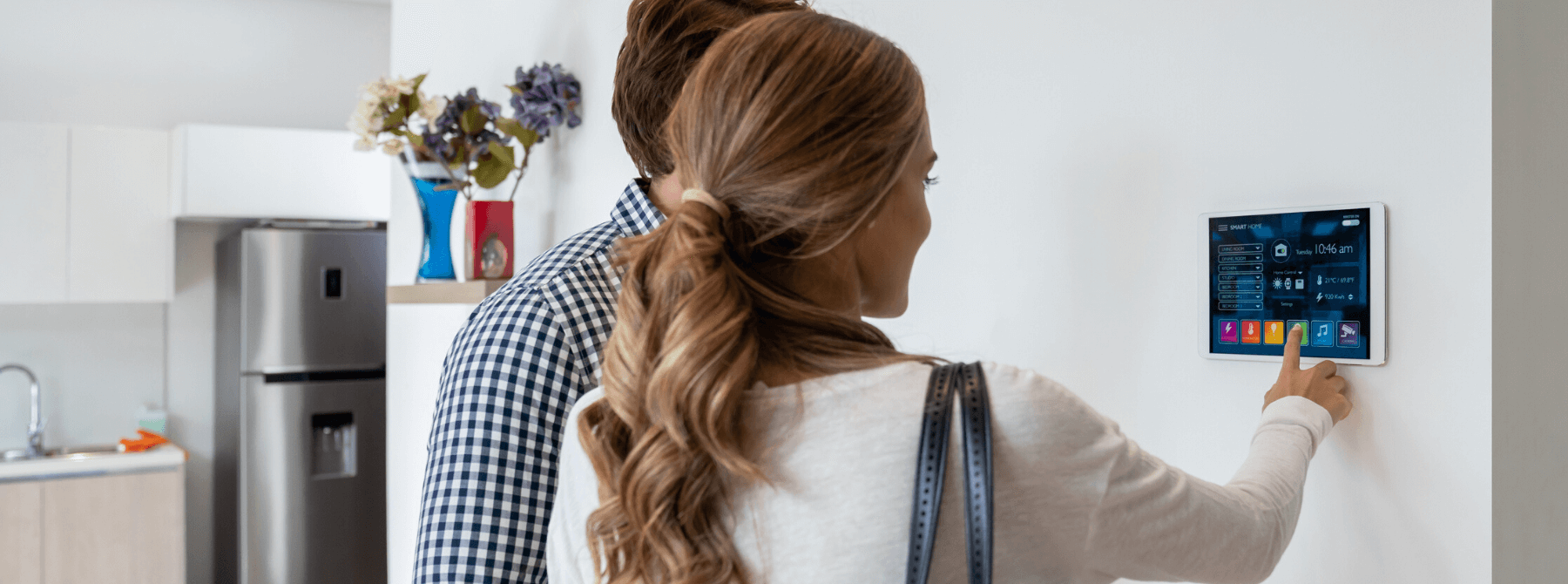
iOS14 Brings Security Without Sacrifice
Market researchers forecast the roughly $4B smart home security camera market to triple in size within the next five years, but this is highly dependent on widespread adoption. According to a recent survey done by Porch, 68.5% of millennials and 61.7% of Gen X’ers don’t have a security camera because they don’t want to be recorded inside their homes. Despite this, the majority of millennials and Gen X’er survey respondents said they’d feel safer with home security cameras. So why is there such a conundrum and what’s Apple working on to address it?


Users are becoming more and more aware of how companies manage, sell, and store their data all while potentially leaving them vulnerable to exploitation from hackers, possible abuse by police departments, or other unwelcomed prying eyes. Justifiably, users are sensitive of data capturing devices in their home, such as voice assistants, smart TVs, and smart home security solutions. This is undeniably a concern with the use of smart home security cameras. Coming this fall, Apple is expanding on a solution with iOS14 to win the hearts and minds of those concerned with security but are unwilling to sacrifice their privacy.
Apple first released HomeKit Secure Video in its latest major release, iOS13, and it allows users to bring security camera feeds from supported third party manufacturers cameras into Apple Home’s ecosystem. Activity detected by supported cameras is privately analyzed from a local home hub. Recorded video is stored securely on your personal iCloud account. Apple’s latest keynote showcased iOS 14’s substantial updates, including some interesting HomeKit updates to include powerful features such as facial recognition for any third-party security camera with HomeKit support. Additionally, Apple is offering a more cohesive product experience with picture-in-picture (PIP) capabilities from your AppleTV so you can see who’s pulling up your driveway while not missing out on the punchline of your latest binge watch.
Why Is This Exciting?
These may not seem like innovative features, but there is clear advancement in Apple’s approach. Facial recognition and facial detection have been available on other big-name security camera providers, such as Google’s Nest, Amazon’s Ring, and ADT; but safeguarding their user’s privacy has yet to be proven. Several class-action lawsuits allege ADT employees made unsolicited use of security cameras remote access capabilities for spying on families over the period of several years. Similarly, Amazon’s Ring is also facing a class action lawsuit alleging failure to provide “even the most basic” security measures for protecting user data and Google’s Nest forgot to tell consumers about a microphone it installed on one of its devices. Not exactly making people feel warm and fuzzy about their privacy. This is because the overwhelming majority of mainstream security cameras available for residential use involve data processing AND storage in the cloud. This leaves data captured by your camera more vulnerable to attack by malicious players and subject to exploitation by third parties. Apple’s HomeKit Secure Video platform bypasses the cloud for data processing and utilizes a local hub device, such as an iPad, HomePod speaker, or AppleTV. Instead of the data that’s captured by your camera bouncing from your device, to your router, to the cloud where it is processed and stored contextually sending notifications back down to your account; Apple’s HomeKit Secure Video goes from your device through your local network is processed on the hub device itself, generating notifications locally and sending them along to your devices.
Recordings are stored on your iCloud account and no one else can access those recordings, including Apple itself. No worries of creepy rogue employees or hackers logging into your camera to see recordings remotely. Apple’s ecosystem and features under HomeKit Secure Video make it possible to have a home security capability using the latest tech, while preserving privacy, and doing so at a mainstream price point.
Apple’s strategy of letting consumers bring 3rd party HomeKit supported cameras onto their platform can, in theory, also help bring down the cost barriers to entry for consumers. Manufacturers of security cameras can save on software costs by leaning on the bleeding edge features provided by Apple’s HomeKit to handle the software features and focus on producing low-price cameras. Unfortunately, there are only six different cameras on the market that support HomeKit Secure Video, but there are several more companies introducing support later this year. An additional downside is this security solution isn’t platform agnostic; you must have an Apple device, which not everyone has or wants to purchase, to act as your hub and to view video footage from the Home app.
Will Apple be the tech giant to save us all from the abuse of these devices that are meant to keep our homes safe? Only future lawsuits will tell.


